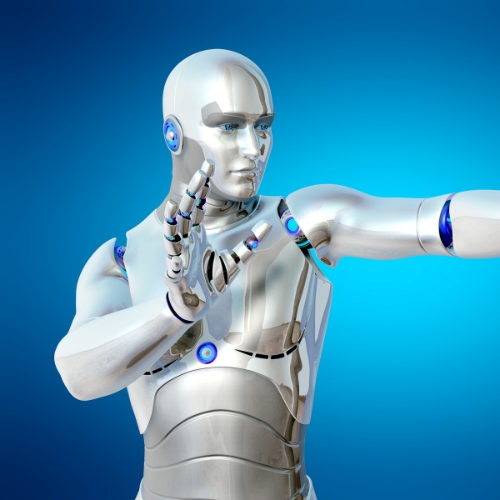Key points from article :
Exoskeletons may compete with valuable resources in the brain while people work, canceling out the physical benefits of wearing them.
“It’s almost like dancing with a really bad partner,” - William Marras, senior author of the study.
Researchers asked 12 people to repeatedly lift a medicine ball in two 30-minutes sessions.
For one of the sessions, the participants wore an exoskeleton.
When simply lifting and lowering the ball, the exoskeleton slightly reduced load on the participants’ lower backs.
But when the participants had to do math in their heads while lifting and lowering the ball, those benefits disappeared.
“..doing that mental math, the brain was also trying to figure out how to help the body interact with the exoskeleton, and that confused the way the brain recruited the muscles to perform the task.” - Marras.
The brain worked less efficiently and forces on the back increased.
Study by the Ohio State University and Texas A&M University published in Applied Ergonomics.





